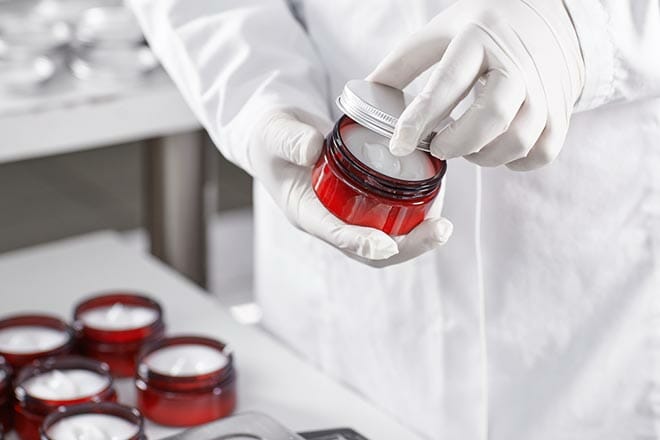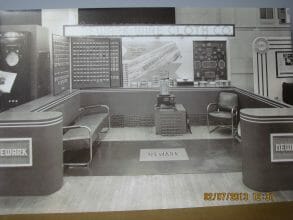Cosmetic products are an integral part of our daily lives. Shampoos, creams, moisturizers, makeup and more are found in almost every bathroom or medicine cabinet. In 2016 alone U.S. consumers spent more than $62 billion dollars on cosmetic products to enhance their personal appearance. While many cosmetic components are synthetic chemicals, just as many come from natural sources. A single product might contain up to 50 ingredients, all of which must meet U.S. Food and Drug Administration (FDA) regulations for product safety. This is where 3A certified strainers play an important role.
What’s in that bottle?
Cosmetics are made from a wide range of components. These are just a few examples – some might surprise you.
- Cholesterol – Yes, the stuff that is bad for arteries is found in moisturizers and creams
- Diatomaceous Earth – This is a fancy name for the dead algae in facial cleansers
- Guanine – Another word for the fish scales in nail polish and lipsticks
- Lanolin – Often found in baby skin care products, it comes from sheep wool
- Wax – Wax comes from a wide range of sources from petrochemicals to bees and forms the basis of many cosmetics

Wax and strain
Wax is a main ingredient in everything from lipstick and mascara to moisturizing creams. There are many different types of wax, each with a unique processing method which often includes filtration through sanitary strainers.
- Carnauba wax is extracted from palm trees in northwestern Brazil. It forms on the palm fronds and is removed mechanically, then strained by melting and filtering
- Lanolin is purified with an extraction process utilizing alcohol, with contaminants removed by activated carbon and filtration
- Fluid lipstick contains oils and solvents but is mostly melted wax. After pigment is added, the fluid lipstick is strained and molded
Pucker up with purity
Product purity is highly regulated by the FDA, which strictly prohibits the selling of contaminated products. Furthermore, companies or individuals who produce or sell cosmetics are legally required to ensure product safety. Sterility is not a requirement for cosmetics, but appropriate measures must be taken to prevent contamination by harmful microorganisms, filth or any extraneous materials. Because cosmetics are often close to sensitive body parts – like the eyes, manufacturers must ensure that no irritants are found in their products before they are shipped to retailers. This is one of many reason why 3A certified strainers are ideal for removing particulates and filtration in the cosmetic industry.

Strainers make cosmetics beautiful
The need for 3A certified strainers in the cosmetic industry is clear: they remove impurities in the final product, individual components before they are combined, or both. Strainers are manufactured from stainless steel mesh (316L) or other exotic alloys, come in many sizes and shapes, and are either woven or welded. Strainers fit into three main categories:
- Coarse straining – for large particles
- Medium straining – for particles 75 to 1905 microns
- Filtration – for particles down to 40 microns
- They are polished to a very low surface roughness which provides efficient throughput and makes them easy to clean.
A cosmetic review
To summarize several key points about cosmetics:
- Cosmetics are a multibillion-dollar industry regulated by the FDA
- Cosmetics are made from many different ingredients, which are often filtered and strained at some point during the production process
- 3A certified strainers are important for product quality and purity
SaniClean Strainers, a Newark Wire brand, manufactures a complete line of industrial 3A certified strainers, assemblies, replacement parts, and filter media suitable for a wide range of applications and capacities – including cosmetic production. SaniClean Strainers are ruggedly built to withstand the most demanding production cycles. They are easy to clean and integrate into new or existing piping configurations. Contact them today and get their products and expertise working for your next filtration project.
